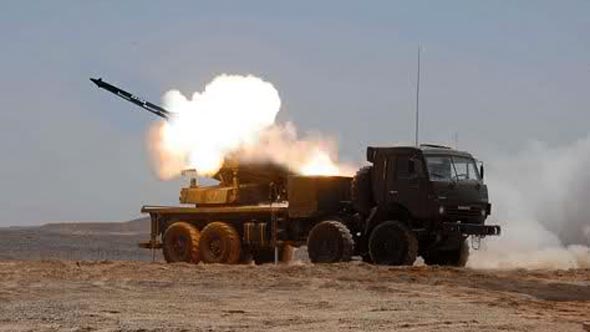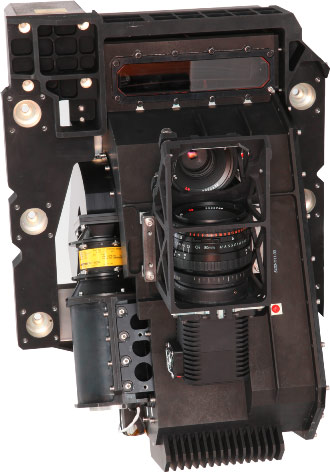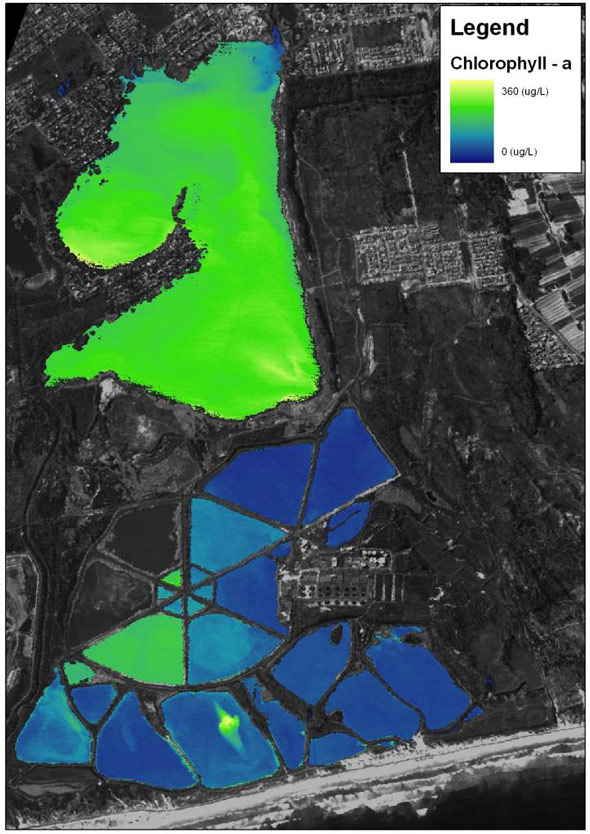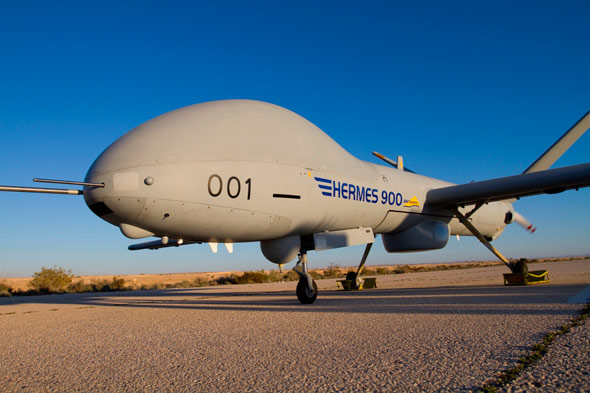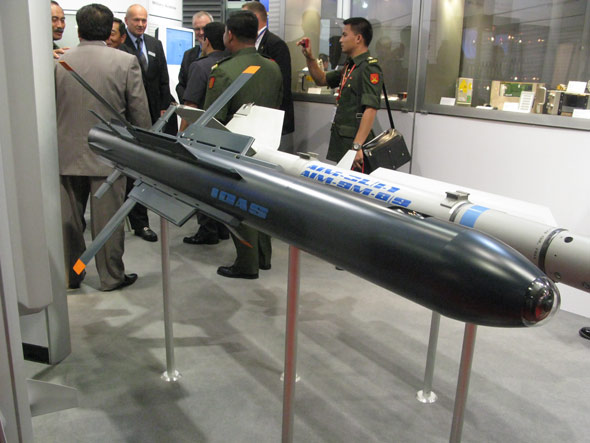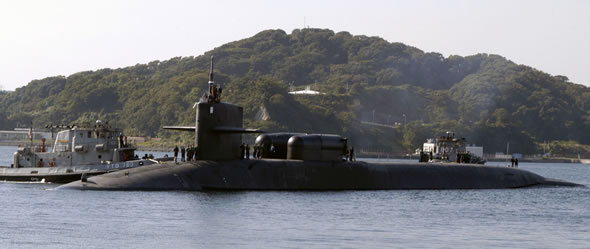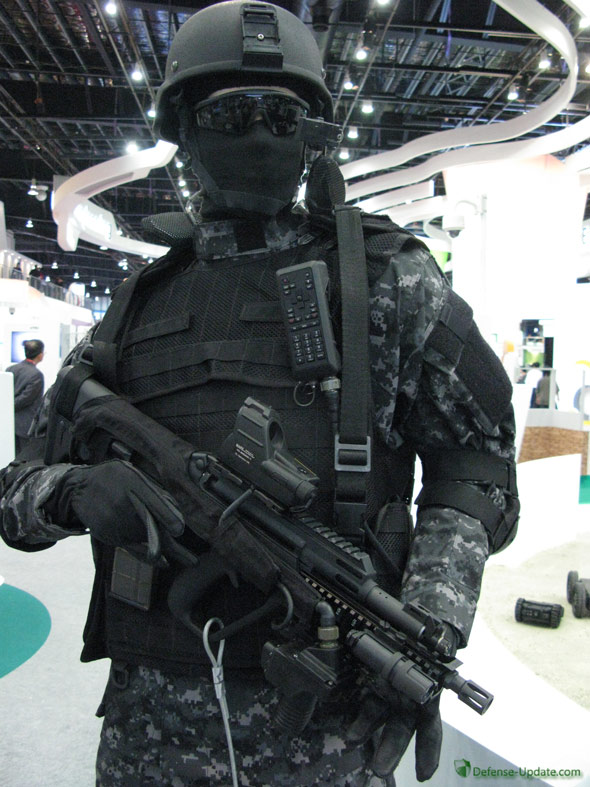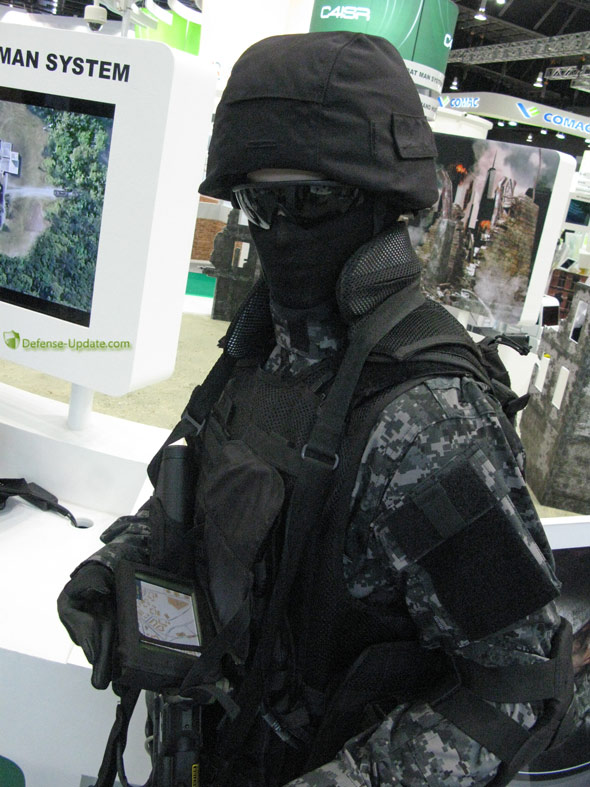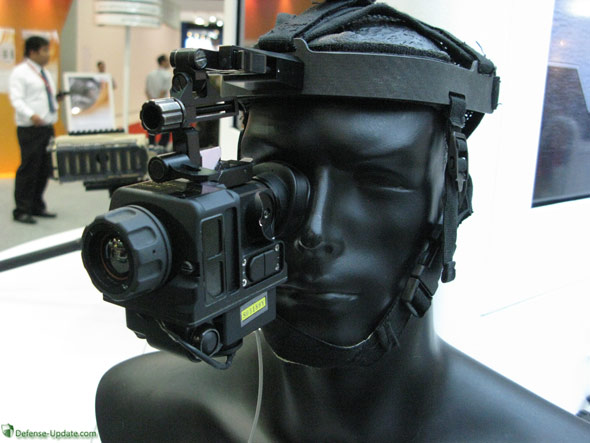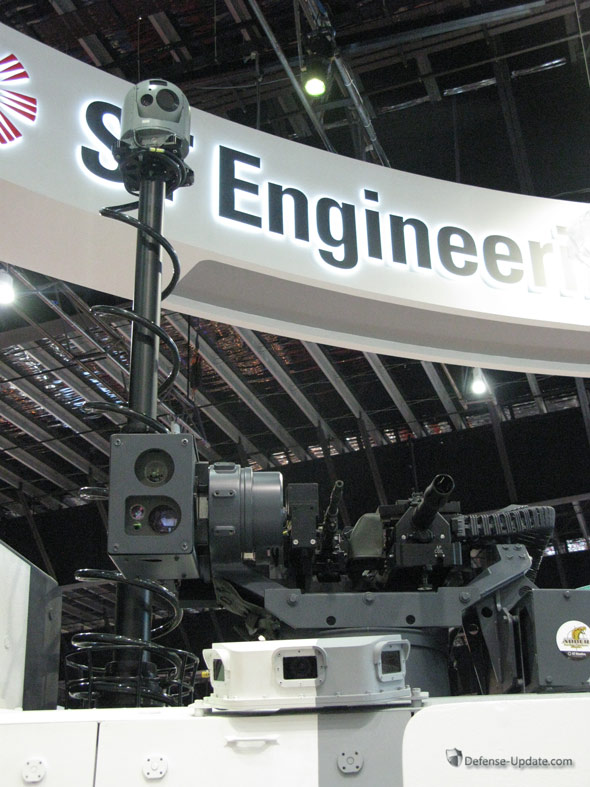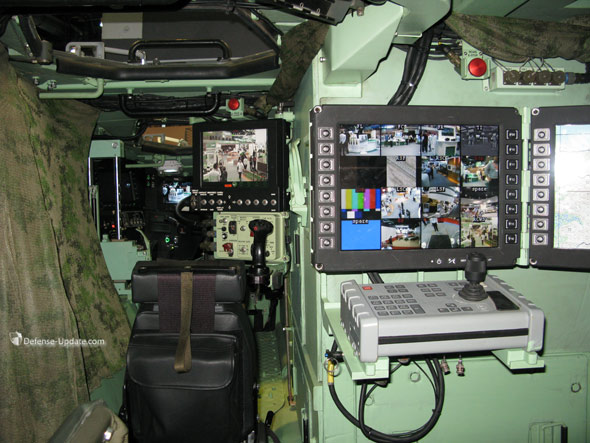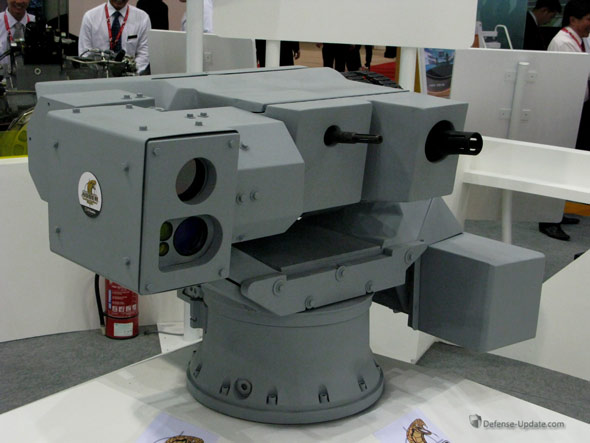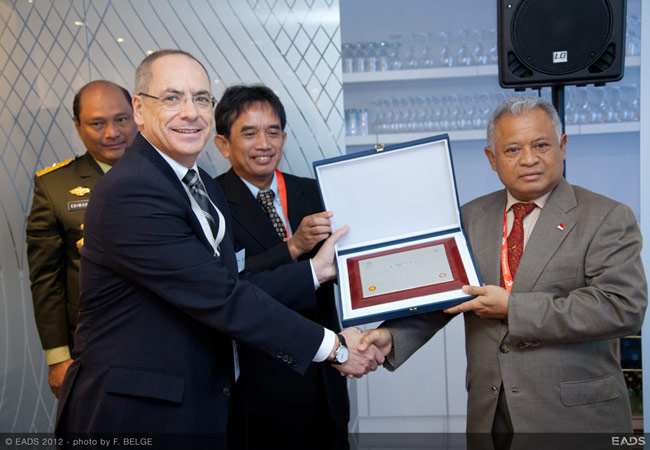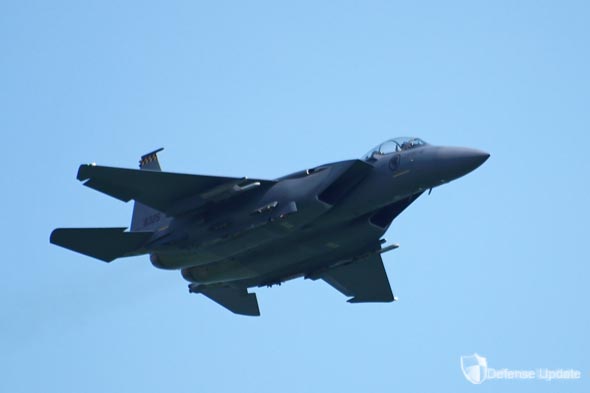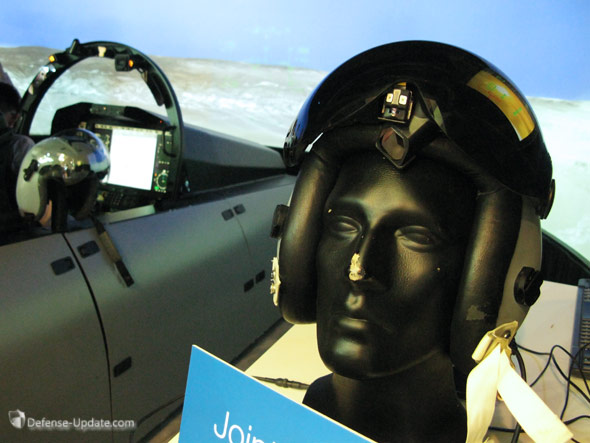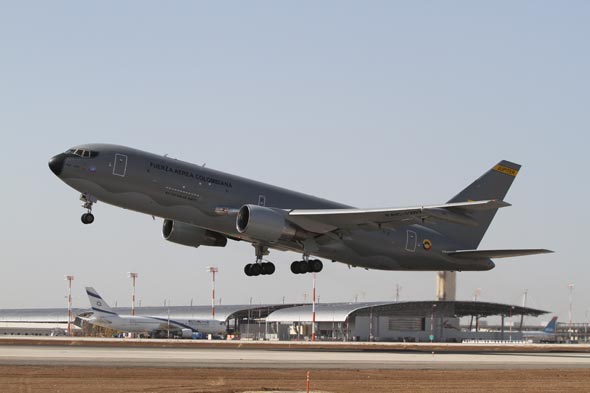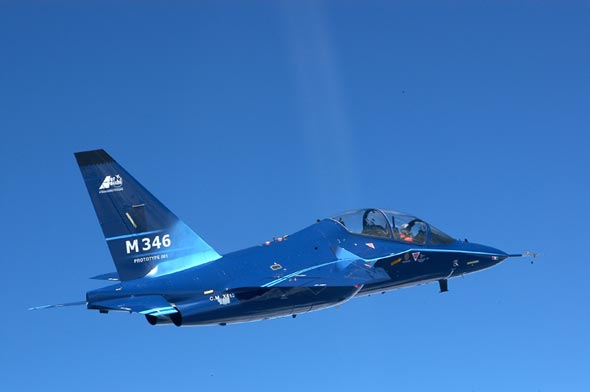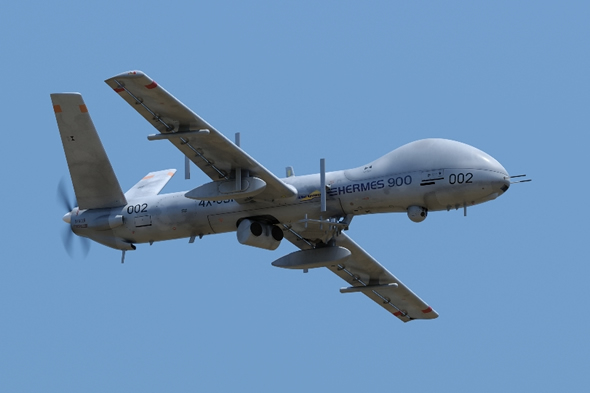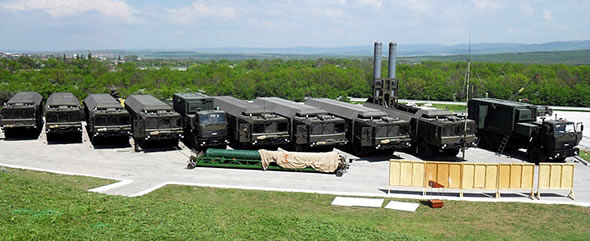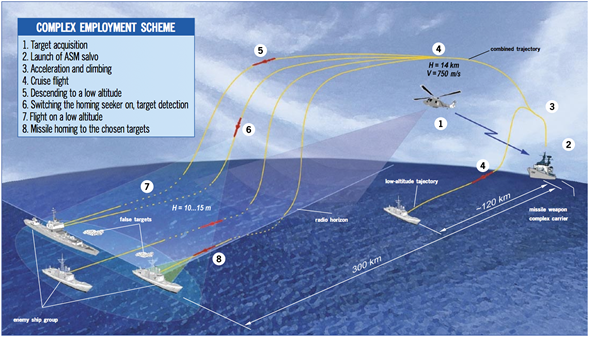Israel Military Industries (IMI) is exploring a new air launched application of the 300mm Extra guided ballistic surface launched rocket, enabling air forces to perform autonomous, precision standoff attack, at extended ranges, well outside the effective protected range of even the most advanced air defense systems. The Extra rocket was developed by IMI and IAI MLM division as a surface launched guided rocket, capable of attacking fixed
or relocatable targets from distances of 160 km, using an aerodynamically guided, roll stabilized rocket.
The Extra guidance system enables rocket artillery units to attack land targets with ‘less than 10 meter’ precision, regardless of the distance they are fired at – according to IMI. The weapon’s guidance uses an inertial measuring unit (IMU) coupled to a Global Positioning Satellite (GPS), forming a range-independent navigation system providing high immunity to GPS spoofing and countermeasures. The Air-launched Extra will be able to receive target coordinates from the cockpit during flight, or programmed before takeoff, via direct download of mission data.
The rocket will be a derivative of the existing airframe; with a length of around 4.3 meters and a weight of 500 kg. According to IMI, the weapon will carry a warhead weighing about 100 kg. Given the proven capabilities demonstrated by the MPR-500 warhead, and the proven capability of the Extra rocket to hit targets with high precision; IMI is confident that the 100kg warhead of the Air-Launched Extra could offer unmatched mission efficiency in terms of lethality, attack precision and collateral damage risk, when compared to other air-launched, standoff guided weapons. The actual range of the air-launched version has not been released yet.

The
Extra rocket was developed by IMI and IAI MLM division as a surface
launched guided rocket, capable of attacking fixed or relocatable
targets from distances of 160 km, using an aerodynamically guided, roll
stabilized rocket. Photo: IMI
considered), as well as for indigenous fighters of the type of the F/A-50 or LCA class, where such weapons may offer an affordable, supersonic precision attack potential, from standoff distance – capabilities that are hardly achieved even with the most advanced and costliest platforms.
